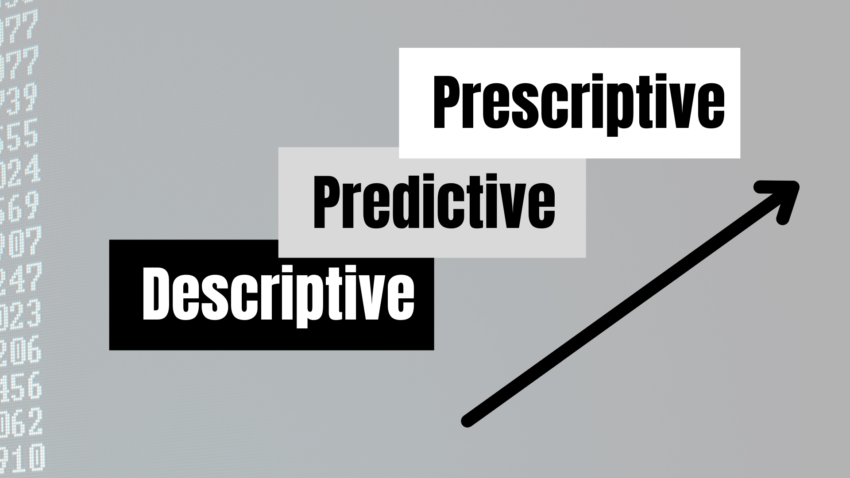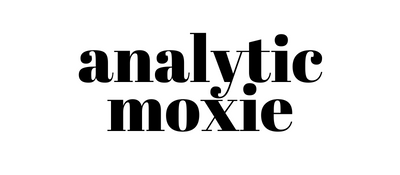3 Types of Analytics for Analytical Mastery!

The primary types of data analytics can be arranged in the following way:
Descriptive Analytics
To identify the answer to questions like “What happened in the past?” “How many, how often, and where”, we might employ Descriptive Analytics. These approaches might manifest themselves as standard and ad hoc reporting, queries and drill downs, and alerts and controls. Often we can use simple statistics like aggregations or sums, measures of central tendency and basic statistical summaries to analyze the shape of data to answer such questions.
Predictive Analytics
To answer questions like “why if these trends continue?” or “what will happen next?”, we leverage predictive analytics. Predictive analytics equip an analyst with additional tools beyond descriptive analytics to create forecasts, and engage in data mining and predictive modeling.
Prescriptive Analytics
At even higher levels of complexity and value, we have Prescriptive Analytics. Prescriptive analytics focuses on questions like “what should happen?” or “what decision will yield the best results?”. Analytical approaches used in this case include optimization, simulation, quantitative modeling and experimentation. These are often complex and require additional data, sophistication and frequently, more computing power to analyze a variety of scenarios.
Types of Analytics Video
In the video below, we describe the types of analytics. We also present a model from Harvard Business School Press called Competing on Analytics: the New Science of Winning by Thomas H. Davenport and Jeanne G. Harris. In the model, the 3 types of analytics are presented along the lines of value-add and complexity.
Additional Resources for the Types of Analytics
To learn more about the types of analytics and how they are applied in practice, check out the book Competing on Analytics that is reference in the video.
For more information on data analytics, please check out our post that describes what data analytics actually is.







Leave a Reply